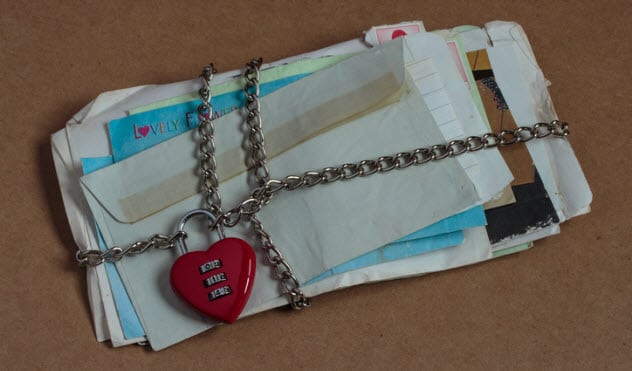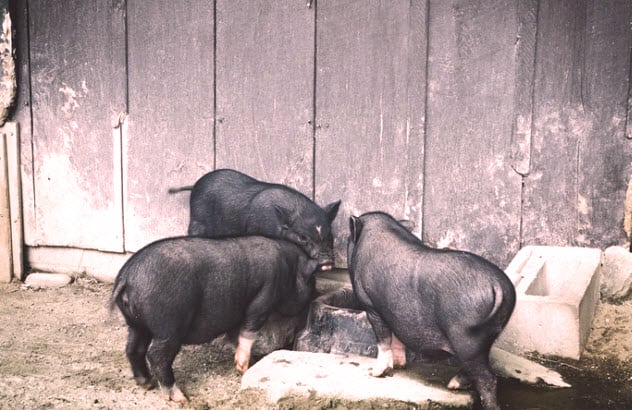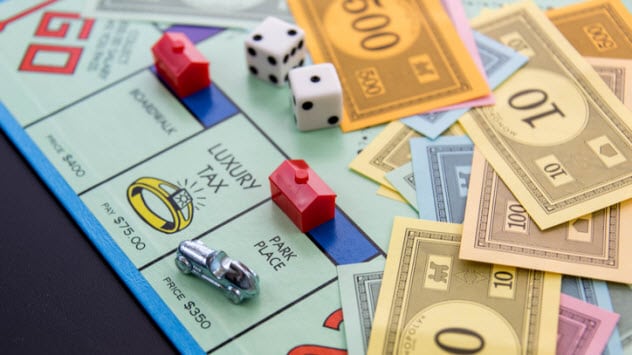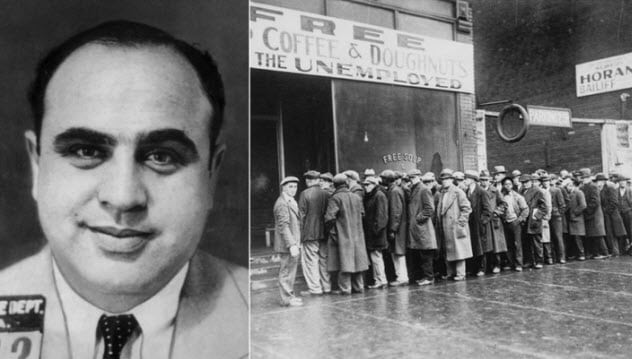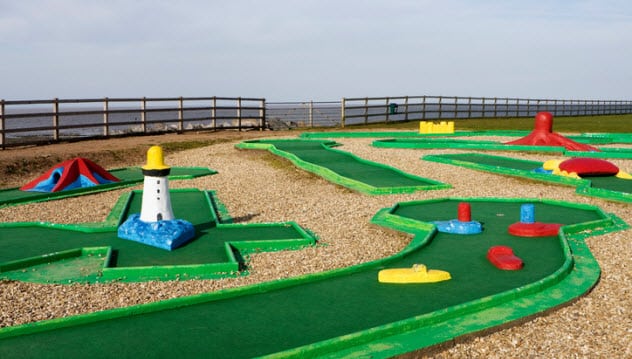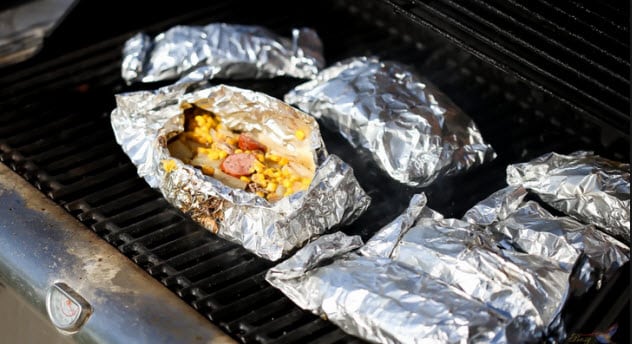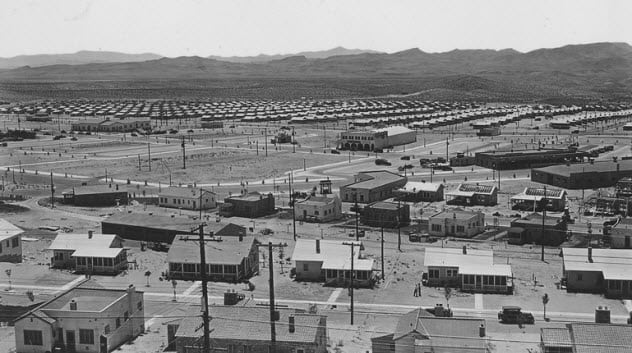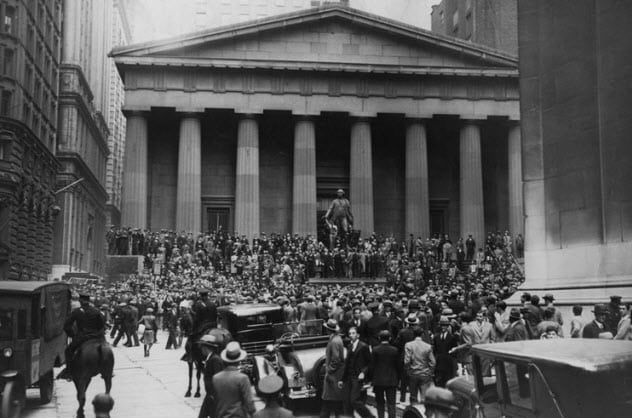When we think about the Great Depression, we think about the Stock Market Crash of 1929, thousands out of work, soup lines, and President Roosevelt’s New Deal. However, there are little-known facts about the Great Depression and the people who lived through it. These people were full of life. In fact, you might say that they were lively characters. Some of the notorious bad guys were not all bad. Some of the things that people did to survive would make the strongest stomachs a little squeamish. If you give Americans a bad situation, they will dig in their heels and find a way out. “Good old American know-how” along with strong determination sustained these great people during this difficult time. It also brought to mind the saying, “Money is not everything,” which could not be truer in this case.
10 Chain Letters Became A New Craze
The gloom-and-doom era of the Great Depression loomed over everyone. With thousands out of work and no food for the table or money to pay the rent, people began to focus on ways to make money. Selling apples in the street for five cents was not going to support a family. Besides, the competition was tough on those city streets. So a wise con artist revived a surefire get-rich-quick scheme: the chain letter. Although some estimates say that the chain letter had existed for about 250 years, the rebirth of its popularity occurred in spring 1935. Many Americans were participating in this activity with the hopes of becoming wealthy. The letters promised to bring good fortune and prosperity if you kept them going. But woe to you if you stopped them! They predicted great harm would fall upon you.[1] Chain letters began to flood post offices across the country. Although the letters did not bring riches to the participants, they did help the post office increase their revenue. Stamp sales began to increase.
9 Zippers Lead The Way
As the Great Depression raged on, people were looking for any way possible to save money. Zippers became increasingly popular because they were much cheaper than buttons. When women made clothing for children, they began to use zippers to save on the cost. Zippers were also used in women’s fashions, making it easier for women to afford new clothes. By 1934, Hookless Fastener Company had turned out over 60 million zippers. These devices made getting dressed easier. Children could now get dressed by themselves, and parents no longer needed to supervise this activity. This also allowed parents to leave and look for work. Zippers were soon found on jackets, shirts, pocketbooks, and sleeping bags. Fashion began to zip through America with this new trend.[2]
8 ‘Wee Wee Wee All The Way Home’
The popular children’s classic, The Three Little Pigs, is more than a cute story that we tell children. There have been many versions and even some plot twists. However, it is Walt Disney’s beloved version that is filled with American pride and symbolism. Disney created this masterpiece in 1933 as a short animated film lasting only eight minutes. However, due to the hard times facing the country during the Great Depression, people quickly fell in love with it and looked at the film as a symbol of events in America. People saw the wolf as a symbol of the horrible and mean Great Depression. Just as the wolf set out to destroy the little pigs and devour them, the Great Depression was trying to pull apart and destroy American families. However, the three little pigs used their quick thinking and piggy know-how to outsmart the wolf. The little pigs eventually not only saved themselves but also destroyed the big bad wolf. People loved that idea and replaced the concept of the little pigs with the American people, who would defeat the Depression. Like the little pigs, people believed that they would come out on top if they worked hard and pulled together.[3]
7 Monopoly
Although a version of this game was created in the early 1900s, it was the height of the Great Depression when an unemployed Philadelphia man named Charles Darrow discovered the already popular game through a friend of his. He made his own version, and on March 19, 1935, Monopoly became an instant hit. In the midst of all the trials and difficult times of the Great Depression, this allowed people the pleasure of gaining instant fame and fortune, even if it was only a game. People enjoyed being the high-rolling, wealthy game pieces that let them make important deals, accumulate large amounts of money, and own property all over the country.[4] This game was in stark contrast to their real-life situations and a wonderful escape from all of it.
6 Al Capone In A Soup Kitchen?
Al Capone has been called a lot of different names. He was a notorious gangster who ruled in Chicago. He had a reputation for being ruthless and self-serving. Nobody is going to deny that he did horrible things, broke the law, and terrorized people who crossed him with his twisted idea of justice. But Capone showed another side of his personality when he gave back during the Great Depression. In November 1930, Capone opened up a soup kitchen in the First Ward of Chicago.[5] Capone was known for doing some charity work. However, most people saw it as a way for him to manipulate the situation and benefit himself by trying to clean up his image in the public eye. Whatever the reason for the soup kitchen, there is no denying that it served thousands of meals and helped many people in their time of need.
5 Miniature Golf Became A Big Hit
Before the Great Depression, going to the movies was a favorite pastime of many Americans. But most Americans could not afford a luxury such as a movie during the Depression. So Americans began to look for entertainment elsewhere. Board games and playing cards became quite popular. Miniature golf also took off and became a new craze across America. More than 30,000 miniature golf courses sprang up across the country during the 1930s. Prices ranged from 25 to 50 cents per round. People held tournaments and sold snacks while watching the game. These attractions added to the pleasure of playing. From the loop de loops to the fantasy castles through which balls passed, people could not get enough of this thrilling game.[6]
4 Hobo Dinners
A favorite around the campfire or even on the backyard grill is hamburger, chopped-up potatoes, and carrots wrapped tightly in tinfoil and cooked on top of the fire. This was actually a popular meal during the Great Depression. Hobo dinners, named after the homeless who lived in shantytowns near the railroad tracks, were a favorite because they could be cooked over an open fire. The great thing about hobo meals was that you could be as creative as you wanted and add anything. They were cheap and easy to prepare. Some restaurants have even added them to their menus but given them fancier names. So they can charge more than if you made the meal yourself. Either way, it is a fun, easy food created during the Great Depression that is still enjoyed today.[7]
3 The Creation Of Boulder City, Nevada
During the Great Depression, construction of the 60-story Hoover Dam, which was situated on the border between Arizona and Nevada, occurred from 1931 to 1936. As eager workers flooded the Las Vegas area to gain much-needed employment, a bigger problem arose—where to put all the workers who would need to be at the dam site for a long time.[8] Boulder City was established in 1931. Designed to be a model city, Boulder City was built by the Six Companies and the US government to provide homes for the men building Boulder (now Hoover) Dam. The federal government owned the entire town for nearly 30 years until January 1960, when the town was turned over to the State of Nevada. Boulder City still holds on to that small-town feel as you pass through it today. There is a museum to learn more about the historic building of the city and the Hoover Dam. There are seven main streets that run through the city, all named for states. It may be a small town in the desert, but it is flowing with history.
2 Rocky Road Ice Cream Is Something To Smile About
Finding something to smile about during the Great Depression could be a difficult feat. But one company struck gold when they found the way to Americans’ hearts by going through their stomachs. Rocky road ice cream was invented in 1929 by the Dreyer’s Ice Cream Company. Almost all ice cream made at the time was vanilla, chocolate, or strawberry. The ice cream company picked a flavor name to give folks something to smile about in the face of the Great Depression. Rocky road became America’s first blockbuster flavor and remains one of the best-selling flavors of all time. Today, people still enjoy a delicious treat of rocky road ice cream. It is in the top 10 of favorite flavors that Americans enjoy. Maybe it is the cold, smooth ice cream, the chewy marshmallow pieces, or the crunchy nuts. Whatever the reason, the next time you reach for your rocky road ice cream cone, thank the Dreyer’s Ice Cream Company for this yummy treat.[9]
1 The Stock Market Plummeted On Monday, October 28, 1929
Then the inconceivable happened, something people never dreamed could or would occur in America. The situation worsened yet again on the infamous Black Tuesday, October 29, 1929, when more than 16 million shares of stock were traded. The stock market ultimately lost $14 billion that day.[10] Some people lost everything and were so distraught that they committed suicide by jumping out of office and hotel buildings. I love to write! Researching and learning the untold stories fascinate me. I carry this same passion into my classroom with my students. There is so much more to discover than what is at the surface. I teach them to dig down and find the truth behind the stories, the unknown information, and the seemingly insignificant information because that is what makes a story interesting and brings it to life.
